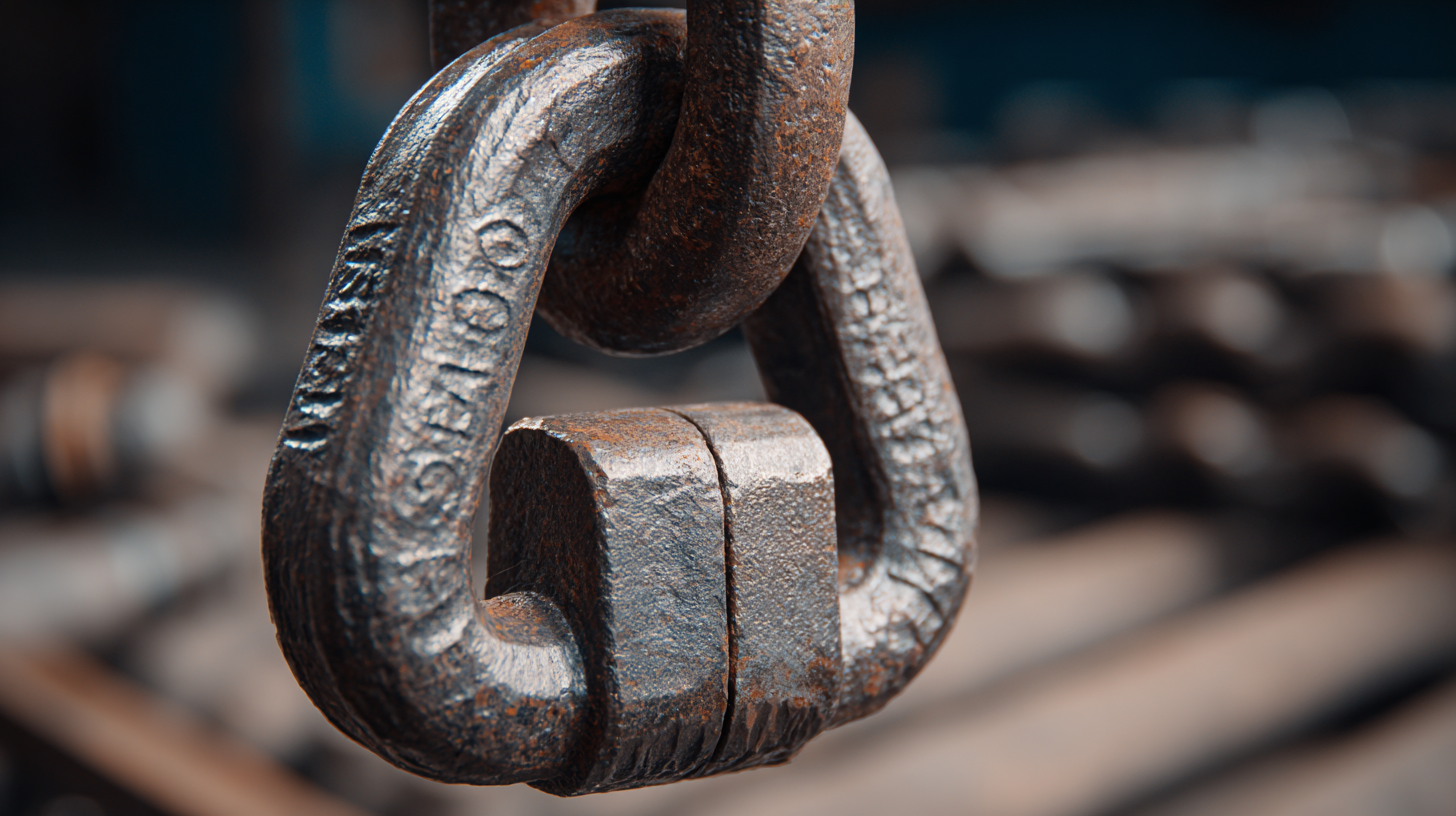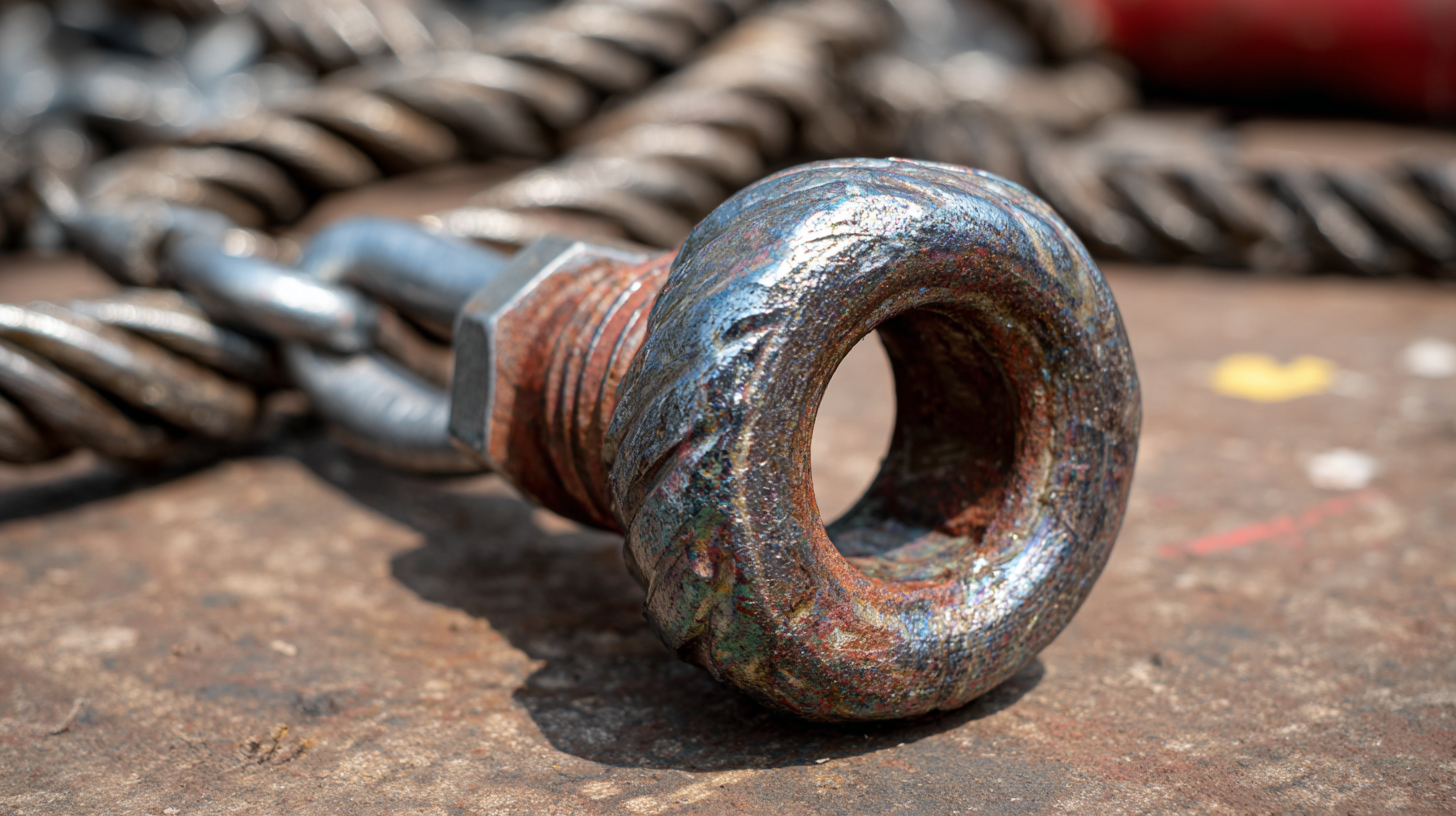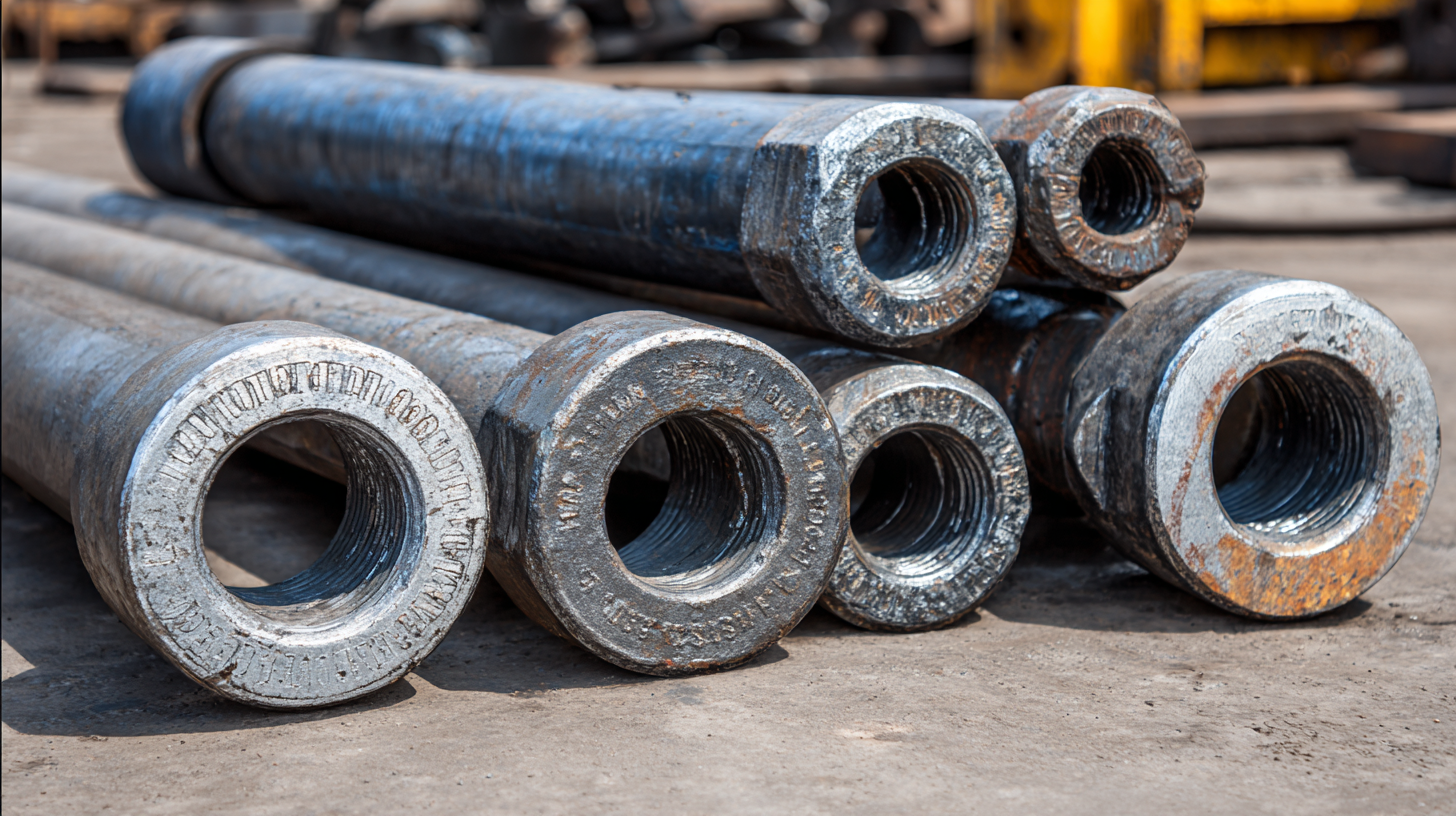In the realm of industrial lifting solutions, the significance of using high-quality Lifting Eye Bolts cannot be overstated. According to a report by the *Global Market Insights*, the lifting equipment market is projected to reach $40 billion by 2026, with a substantial growth fueled by demand for safe and reliable lifting methods. Lifting Eye Bolts are an essential component, ensuring that loads are properly secured during transport and lifting operations. However, maximizing the value of these components goes beyond their initial purchase; it involves leveraging exemplary after-sales support and implementing cost-effective maintenance practices. By focusing on these aspects, businesses can enhance safety, reduce downtime, and ultimately lower operational costs. This blog will explore the best practices in after-sales support and maintenance examples that can help you fully exploit the investment in Lifting Eye Bolts, driving efficiency and productivity in your operations.

Understanding the economics of lifting eye bolts in industrial applications is crucial for maximizing returns on your investment. A recent report from the Industrial Fasteners Institute indicated that high-quality lifting eye bolts can reduce maintenance costs by 20% over their lifecycle. This is significant for industries that rely on these components for heavy lifting operations, as the reduced downtime and enhanced reliability contribute directly to improved productivity and profitability.
Tip: Always choose lifting eye bolts that comply with relevant safety standards, as this ensures not only compliance but also product longevity. Investing in bolts with a proven track record can yield greater economic benefits in the long run.
Moreover, regular inspection and proper maintenance are critical to extend the life of lifting eye bolts. According to a survey by the Lifting Equipment Engineers Association (LEEA), companies that implement routine checks on lifting equipment experience 30% fewer accidents. This not only enhances safety but also saves on potential costs related to equipment failure.
Tip: Establish a maintenance schedule that includes checks for signs of wear and tear, and replace bolts as needed to maintain operational efficiency.
In the competitive landscape of lifting equipment purchases, after sales support plays a crucial role in maximizing investment. Key metrics for evaluating such support include response time, issue resolution effectiveness, and customer feedback mechanisms.
Research indicates that higher perceived value, often shaped by quality of service and product quality, significantly influences customer satisfaction. For instance, companies that excel in their after sales support tend to report a 20-25% increase in repeat customers, underscoring the importance of investing in this area.
Tips for enhancing after sales support include regularly training your staff to ensure they are knowledgeable about the latest lifting equipment and customer service practices. Additionally, leveraging social media for customer support can enhance engagement and responsiveness. By monitoring feedback through these channels, businesses can quickly identify areas for improvement and adjust their strategies accordingly.
Another essential metric is the integration of advanced technologies in supply chain management. Utilizing deep learning and machine learning techniques can optimize supplier relationships and inventory control, resulting in significant cost savings. In fact, studies have shown that companies implementing these technologies in their operations have seen an increase in efficiency by up to 30%.
Therefore, focusing on these aspects not only enhances after sales support but also contributes to the overall value proposition for customers.
When it comes to maintaining lifting eye bolts, learning from real-world case studies can significantly enhance efficiency and reliability. One successful strategy implemented by a logistics company involved regular inspection and certification of their lifting equipment. This proactive approach ensured that any signs of wear or damage were identified early, preventing potential accidents and costly downtimes.
Tip: Schedule routine inspections every six months and keep detailed records to track changes and maintenance history.
Another noteworthy example comes from a construction firm that adopted a cost-effective maintenance plan by investing in high-quality materials for their lifting eye bolts. By focusing on durability and performance, they reduced the frequency of replacements and repairs, ultimately leading to significant cost savings in both the short and long term. This case highlights the importance of choosing the right equipment to minimize overall maintenance expenditures.
Tip: Prioritize investing in reliable brands that offer warranties, as this can reduce long-term costs associated with equipment failures.

When considering the cost-benefit analysis of lifting eye bolts, the quality of these components plays a crucial role in enhancing operational efficiency. According to a report by the Lifting Equipment Engineers Association (LEEA), using high-quality eye bolts can reduce equipment failure rates by up to 30%. This significant reduction not only ensures safety but also minimizes costly downtime—a critical factor for industries where every moment counts.
Moreover, an analysis conducted by the National Association of Steel Pipe Distributors highlights that businesses that invest in premium eye bolts can expect a return on investment (ROI) of approximately 20% over three years, primarily due to improved load management and a decrease in replacement costs. For instance, opting for eye bolts with higher tensile strength can lead to a significant reduction in maintenance frequency, thereby allowing maintenance teams to focus on other critical tasks, ultimately enhancing overall productivity and operational workflow.
| Eye Bolt Type | Load Capacity (lbs) | Material | Corrosion Resistance | After Sales Support | Maintenance Frequency (months) | Cost Per Unit ($) |
|---|---|---|---|---|---|---|
| Steel Eye Bolt | 5000 | Steel | Galvanized | 24/7 Support | 12 | 15 |
| Stainless Steel Eye Bolt | 4000 | Stainless Steel | High Corrosion Resistance | Business Hours Support | 6 | 30 |
| Plastic Eye Bolt | 1000 | Plastic | Low Corrosion | Limited Support | 24 | 5 |
| Alloy Eye Bolt | 6000 | Alloy Steel | Moderate Corrosion Resistance | 24/7 Support | 12 | 25 |
When it comes to lifting eye bolts, ensuring compliance with industry standards is crucial for maintaining safety and longevity. Proper maintenance plans not only help in extending the lifespan of these essential components but also aid in preventing costly accidents. Regular inspections and adherence to manufacturer guidelines form the foundation of a robust maintenance strategy. By identifying wear and tear early, operators can mitigate risks and ensure that lifting eye bolts perform optimally.

Additionally, implementing a cost-effective maintenance plan can yield substantial savings in the long run. This involves scheduling routine checks and servicing, and utilizing industry best practices to keep lifting equipment safe and functional. Training personnel on the importance of compliance with safety standards enhances this process, fostering a culture of accountability and awareness. By prioritizing maintenance and adhering to industry regulations, businesses can maximize their investment in lifting equipment while ensuring operational efficiency and safety.
